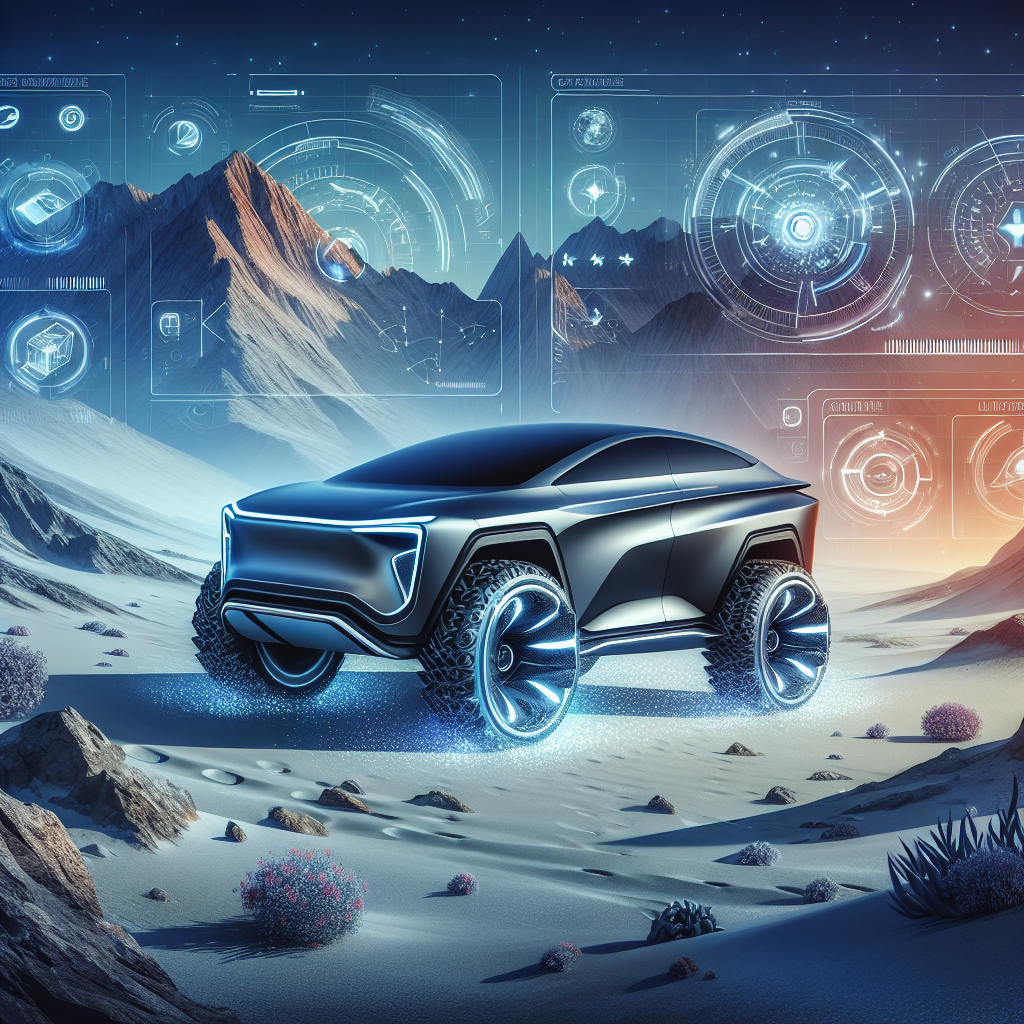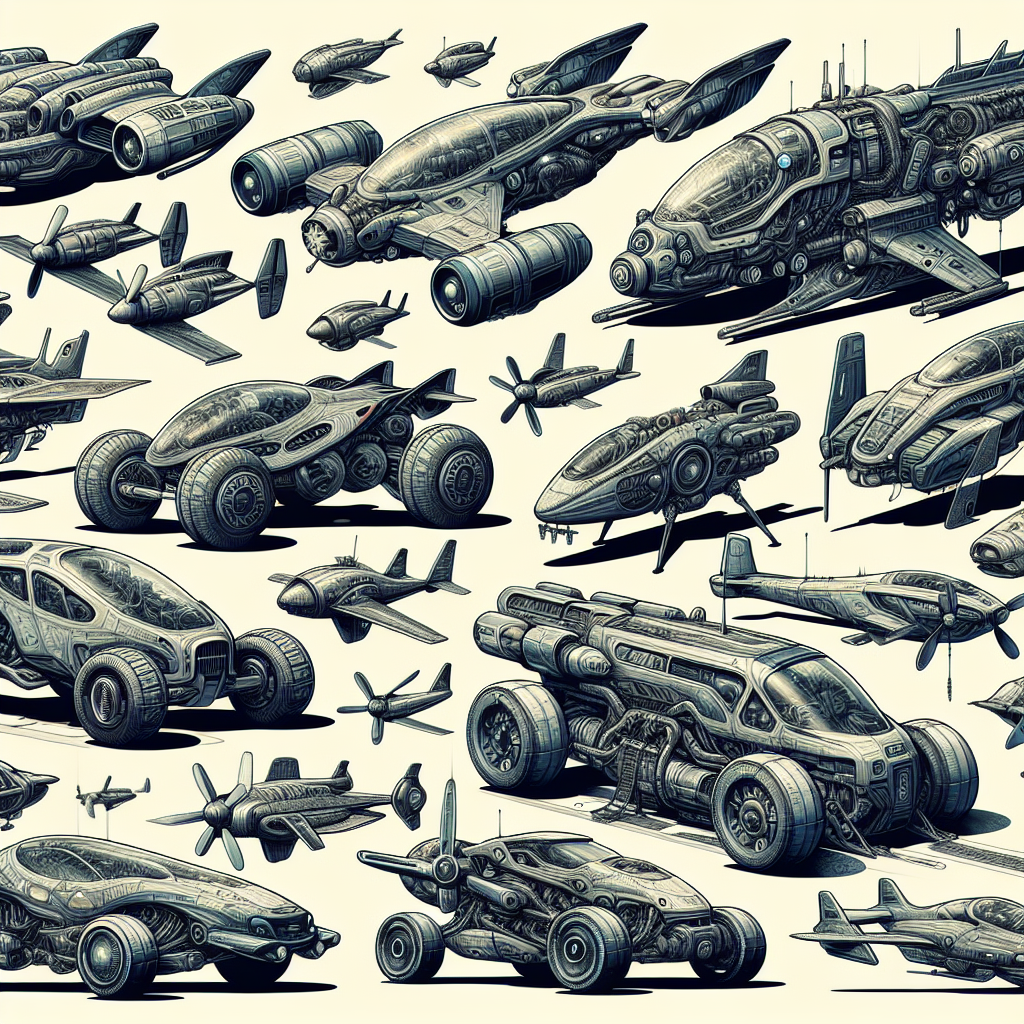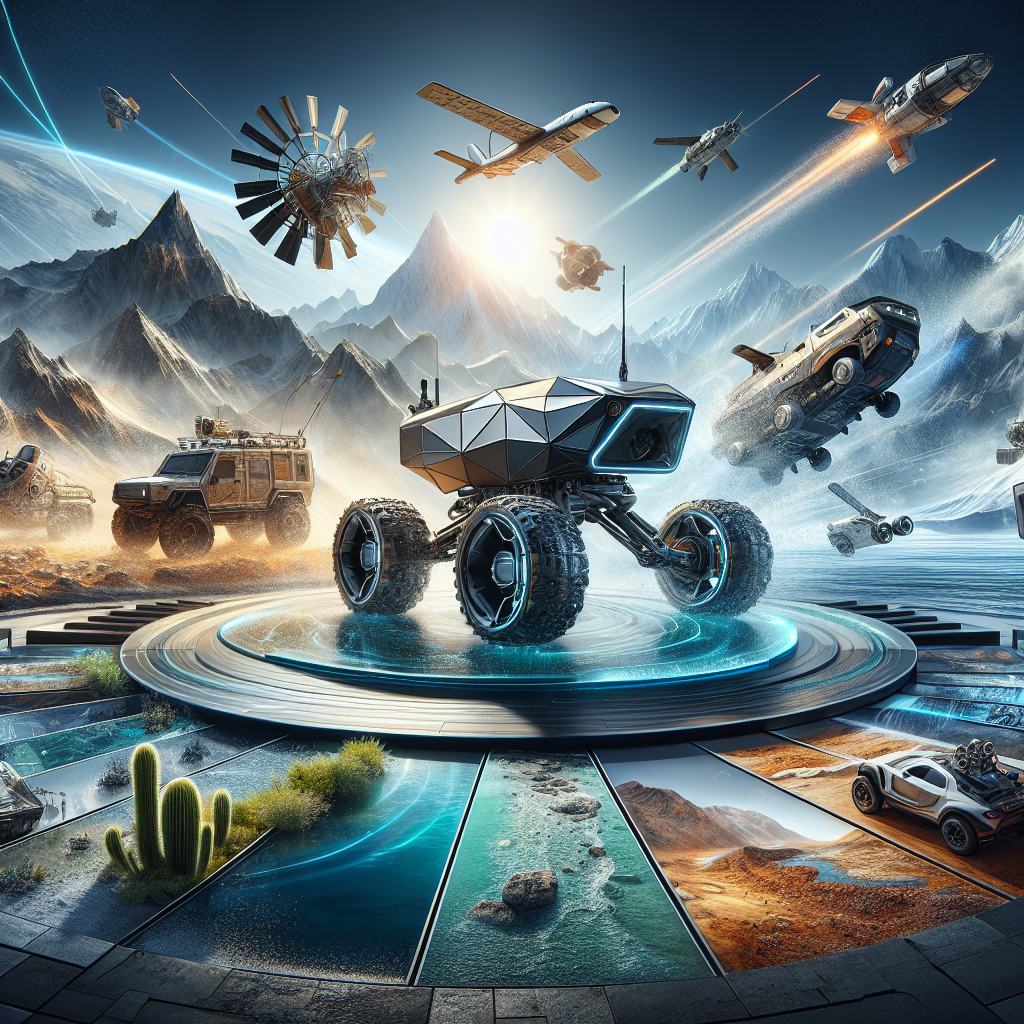Your cart is currently empty!
Tag: Territories

Russia postpones seizure of major cities to advance through open territories – ISW
A Russian soldier stands near the ruins of houses. Stock photo: Getty Images
Russia’s military commanders may have likely been given new tasks by Russian ruler Vladimir Putin, focusing their efforts on securing territorial gains rather than seizing major cities.
Source: Institute for the Study of War (ISW)
Details: Analysts of the ISW note in their report that Putin, during his annual Direct Line press conference on 19 December, highlighted the achievements of Russian troops, which he said were advancing “square kilometres” along the line of contact. This approach contrasts with the previous emphasis on the capture of important settlements.
Advertisement:
Analysts say Putin may have instructed military commanders to postpone the capture of the strategic city of Pokrovsk, focusing instead on advancing through open fields and small towns. Russian troops are now 10 kilometres from the administrative border of Donetsk and Dnipropetrovsk oblasts.
The capture of the whole of Donetsk Oblast remains one of the Kremlin’s key goals. This advance is likely to be used as an element of propaganda to demonstrate the success of the Russian army both domestically and internationally.
Analysts add that an organised operation against well-fortified cities could slow down the pace of the advance, which is critical to the Kremlin’s attempts to demonstrate Russian superiority on the world stage.
To quote the ISW’s Key Takeaways on 23 December:
- Russian forces are gradually advancing south and southwest of Pokrovsk, but it remains unclear whether they will be able to exploit these gains to encircle the town or if their aim is to reach the administrative boundary of Donetsk Oblast.
- It remains uncertain which objective the Russian military command will prioritise, as Russian leader Vladimir Putin may have tasked the military with securing territorial gains rather than capturing major settlements.
- The Russian military command appears to have divided responsibility for the Pokrovsk front between the Central Military District’s 2nd and 41st combined arms armies (CAAs), and ISW has yet to observe significant Russian activity in the 41st CAA’s area of responsibility (AoR).
- Decreased combat effectiveness among Russian forces may be slowing their rate of advance on the Pokrovsk front.
- Increased losses of Russian armoured vehicles over the past year, particularly among units and formations engaged in frontline combat for most of 2024, may be impacting Russia’s rate of advance in specific sectors of the frontline.
- North Korea is reportedly planning to deploy additional troops and weapons to Russia, amid reports that over 3,000 North Korean troops have been killed or wounded in Kursk Oblast.
- Russian leader Vladimir Putin used his meeting with Slovak Prime Minister Robert Fico to further Russia’s campaign to undermine Western unity in its support for Ukraine.
- The Kremlin may be setting information conditions for a false flag operation in the pro-Russian breakaway region of Transnistria, likely in a continued effort to destabilise Moldova and hinder its integration into the European Union (EU).
- Russian forces have reportedly withdrawn completely from most of their positions in Syria, including their base at Qamishli in northern Syria. (NOTE: A version of this text also appears in ISW-CTP’s 23 December Iran Update.)
- Russian forces have recently advanced near Kupiansk, Toretsk, Vuhledar, Velyka Novosilka, and in Kursk Oblast.
- The Kremlin’s Time of Heroes programme, which aims to appoint Russian veterans to government positions, is already causing conflicts between veterans and corrupt regional officials.
Support UP or become our patron!
Russia has decided to postpone its plans to seize major cities in Ukraine and instead focus on advancing through open territories, according to a report by the Institute for the Study of War (ISW).The decision comes as Russian forces face stiff resistance in urban areas, with Ukrainian troops putting up a fierce fight to defend their cities. By shifting their strategy to focus on advancing through open territories, Russian forces hope to avoid heavy casualties and make quicker progress in their invasion of Ukraine.
The move highlights the challenges that Russian forces are facing in their efforts to conquer Ukraine, as they encounter unexpected resistance and logistical difficulties. It also underscores the strategic flexibility of the Ukrainian military, which has been able to adapt to the changing battlefield conditions and put up a strong defense against the Russian invaders.
The postponement of the seizure of major cities by Russia could also be a sign that the Kremlin is reevaluating its initial invasion plans and considering alternative strategies to achieve its objectives in Ukraine. As the conflict continues to unfold, it remains to be seen how these shifting dynamics will impact the course of the war and the ultimate outcome for both sides.
Tags:
- Russia military strategy
- ISW analysis
- Seizure of major cities
- Russia military advancements
- Open territories tactics
- International relations
- Geopolitical developments
- Russia military operations
- ISW report
- Strategic military planning
#Russia #postpones #seizure #major #cities #advance #open #territories #ISW

Revolutionizing Exploration: Cutting-Edge Vehicles for Uncharted Territories
Exploration has always been a fundamental aspect of human curiosity and progress. From the early days of sailing the seas to the modern era of space exploration, humans have always sought to push the boundaries of what is known and discover new frontiers. In recent years, advancements in technology have revolutionized the way we explore uncharted territories, with cutting-edge vehicles playing a key role in this transformation.One of the most exciting developments in exploration vehicles is the rise of autonomous drones. These unmanned aerial vehicles (UAVs) have the ability to fly into remote and dangerous areas, providing researchers with valuable data and imagery without putting human lives at risk. Drones have been used in a variety of exploration missions, from mapping unexplored caves to surveying the aftermath of natural disasters. Their small size and maneuverability make them ideal for navigating tight spaces and capturing detailed images from unique vantage points.
Another groundbreaking vehicle that is revolutionizing exploration is the autonomous underwater vehicle (AUV). These robotic submarines can dive to depths that are unreachable by human divers, allowing scientists to study deep-sea ecosystems and underwater geology in ways that were previously impossible. AUVs are equipped with a variety of sensors and cameras that can capture high-resolution images and collect data on water temperature, salinity, and other key factors. This information is vital for understanding the complexities of the ocean and the impact of climate change on marine ecosystems.
In addition to drones and AUVs, advances in robotics have also led to the development of cutting-edge land vehicles for exploration. These vehicles are equipped with advanced sensors and technology that allow them to navigate rough terrain and harsh environments with ease. They can be used to study remote deserts, mountain ranges, and polar regions, providing valuable insights into the earth’s geology, ecology, and climate.
One example of a revolutionary exploration vehicle is NASA’s Mars Rover, which has been exploring the surface of the red planet since 2012. The Mars Rover is equipped with a suite of scientific instruments that allow it to analyze soil samples, take high-resolution images, and study the planet’s atmosphere. Its discoveries have provided valuable insights into the history of Mars and the possibility of life beyond Earth.
Overall, the development of cutting-edge vehicles for exploration has opened up new possibilities for scientists and researchers to study and understand the world around us. These vehicles allow us to reach places that were previously inaccessible and collect data that can help us solve some of the most pressing challenges facing our planet. As technology continues to advance, we can expect even more groundbreaking innovations in exploration vehicles that will continue to push the boundaries of what is possible.

Exploring the Unexplored: Futuristic Vehicles for Conquering New Territories
The world of transportation is constantly evolving, with new technologies and innovations pushing the boundaries of what is possible. From self-driving cars to electric planes, the future of transportation is looking more exciting and futuristic than ever before. One area that is particularly intriguing is the development of new vehicles for conquering unexplored territories.Exploring new territories, whether it be the depths of the ocean or the vastness of outer space, has always been a driving force for human innovation. In recent years, there have been significant advancements in the development of vehicles that are specifically designed for exploring uncharted territories.
One such vehicle is the autonomous underwater vehicle (AUV), which is a type of robot that can be used to explore the depths of the ocean in ways that were previously impossible. These vehicles are equipped with a variety of sensors and cameras that allow them to map the ocean floor, collect data on marine life, and even search for sunken ships or lost treasure. AUVs are revolutionizing the way we explore the ocean, opening up new opportunities for scientific research and discovery.
Another exciting development in the world of futuristic vehicles is the development of flying cars. While flying cars have long been a staple of science fiction, recent advancements in technology have made them a reality. Companies like Uber and Airbus are working on developing flying taxis that could revolutionize the way we travel in urban areas. These vehicles would be able to take off and land vertically, allowing for quick and efficient transportation in crowded cities.
Space exploration is another area that is seeing significant advancements in the development of futuristic vehicles. Companies like SpaceX and Blue Origin are working on developing reusable rockets that could drastically reduce the cost of space travel. These rockets could make it possible for humans to travel to Mars and beyond, opening up new possibilities for exploration and colonization.
Overall, the development of futuristic vehicles for conquering new territories is an exciting and promising field. From autonomous underwater vehicles to flying cars and reusable rockets, the possibilities for exploration and discovery are endless. As technology continues to advance, we can only imagine the incredible vehicles that will be developed in the future to help us conquer new frontiers.

Unleashing Innovation: The Latest Explorer Vehicles for Uncharted Territories
Innovation is the key to unlocking new possibilities and pushing boundaries in any industry. For explorers and adventurers, having the right tools and vehicles to navigate uncharted territories is essential. In recent years, there have been significant advancements in vehicle technology that have revolutionized the way we explore and discover new lands.One of the most exciting developments in explorer vehicles is the rise of electric and autonomous vehicles. These vehicles offer a more sustainable and efficient way to explore remote areas, without relying on traditional fuel sources. Companies like Tesla and Rivian are leading the way in producing electric off-road vehicles that are capable of handling rough terrain and long distances.
Autonomous vehicles are also making waves in the explorer community, with companies like Waymo and Aurora developing self-driving technology that can navigate through challenging environments. These vehicles offer a safer and more reliable way to explore uncharted territories, without putting human lives at risk.
Another key innovation in explorer vehicles is the use of advanced sensors and mapping technology. Companies like Google and Apple are developing high-definition mapping systems that can provide real-time data on terrain, weather conditions, and potential hazards. This technology is revolutionizing the way explorers plan their journeys and navigate through unknown territories.
In addition to electric and autonomous vehicles, there are also advancements in off-road vehicles that are specifically designed for extreme conditions. Companies like Land Rover and Jeep are producing rugged and durable vehicles that can handle rough terrain, steep inclines, and harsh weather conditions. These vehicles are equipped with advanced suspension systems, all-wheel drive capabilities, and off-road tires that make them ideal for exploring remote and challenging environments.
Overall, the latest explorer vehicles are pushing the boundaries of what is possible in terms of exploration and discovery. With advancements in electric and autonomous technology, as well as advanced sensors and mapping systems, explorers have more tools at their disposal than ever before. Whether it’s crossing deserts, scaling mountains, or navigating through dense jungles, these vehicles are paving the way for new adventures and discoveries in uncharted territories.

The Uncharted Territories of 8 Space: Exploring the Final Frontier
The vast expanse of space has always been a source of fascination and mystery for humanity. With its endless possibilities and unknown depths, the final frontier has captured our imaginations for centuries. However, even with all the advancements in technology and exploration, there are still uncharted territories waiting to be discovered.One such uncharted territory is the Eighth Space, a region of space that remains largely unexplored and unknown. This mysterious realm is said to be filled with strange and wondrous phenomena, from exotic planets and alien civilizations to bizarre anomalies and unexplained mysteries.
Exploring the Eighth Space presents a unique set of challenges for space explorers. The vast distances, extreme conditions, and unknown dangers make it a perilous journey for even the most experienced astronauts. However, the potential rewards of discovering new worlds and advancing our understanding of the universe make it a worthy endeavor.
One of the key goals of exploring the Eighth Space is to expand our knowledge of the universe and potentially find new resources that could benefit humanity. By studying the unique environments and life forms that exist in this uncharted territory, scientists hope to gain valuable insights into the origins of life and the potential for extraterrestrial civilizations.
In addition to scientific exploration, the Eighth Space also holds the promise of new technologies and innovations that could revolutionize space travel and colonization. By pushing the boundaries of our understanding of the universe, we may unlock new technologies that could make interstellar travel a reality and pave the way for human colonization of other planets.
Despite the challenges and uncertainties that come with exploring the Eighth Space, the prospect of discovering new worlds and unlocking the secrets of the universe continues to inspire and drive humanity forward. As we continue to push the boundaries of space exploration, the uncharted territories of the final frontier will remain a tantalizing and awe-inspiring destination for future generations of explorers.
